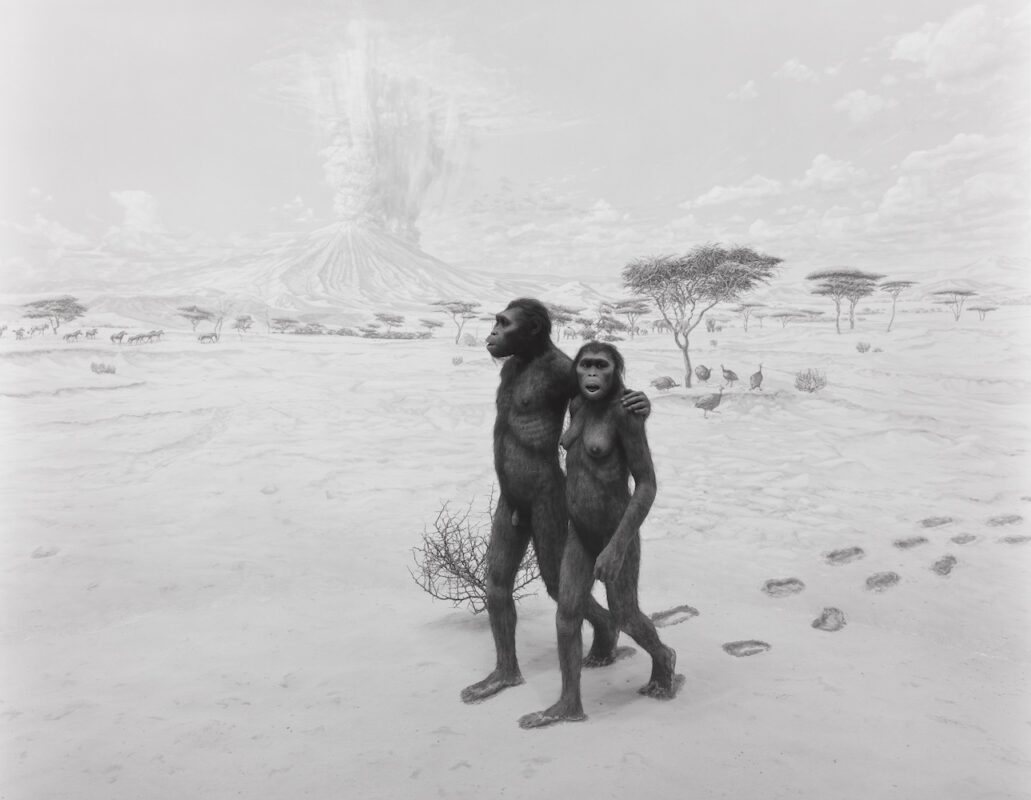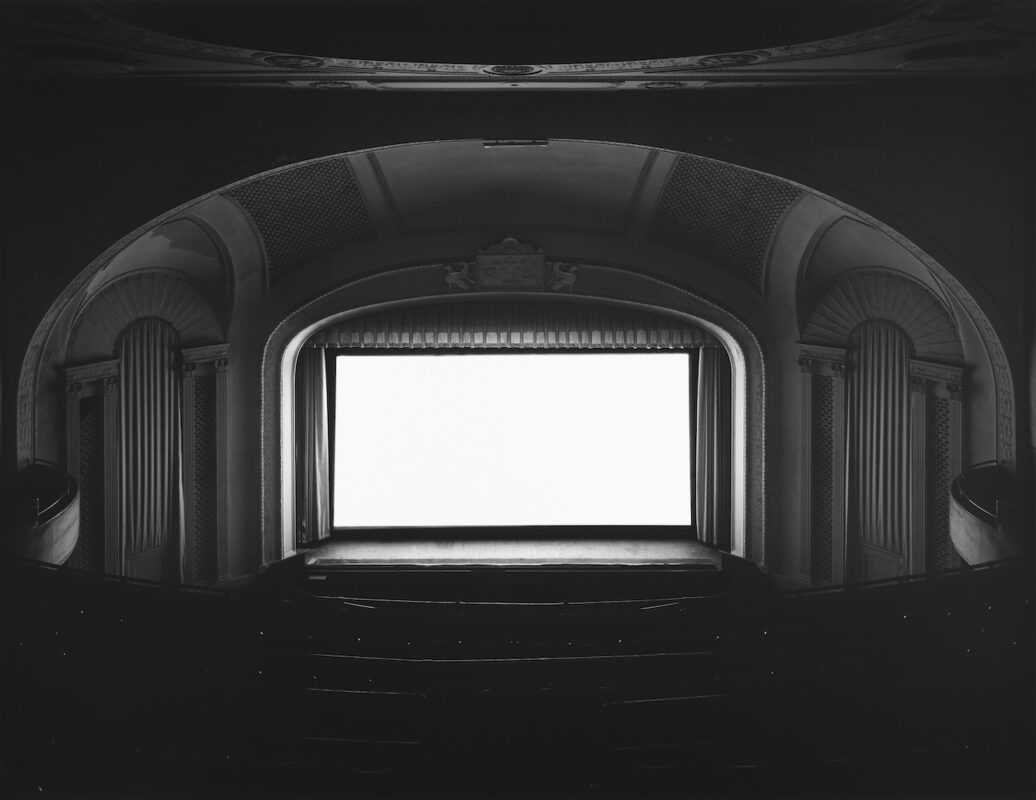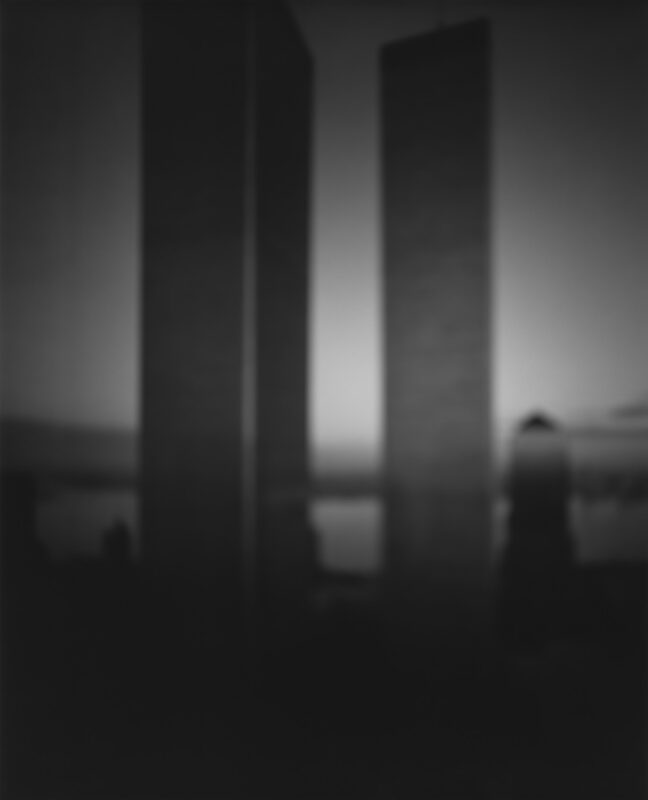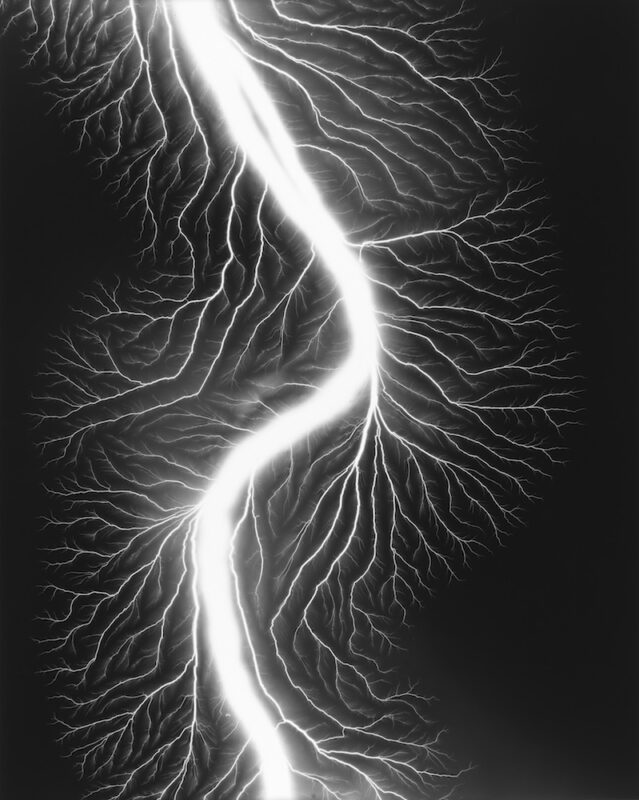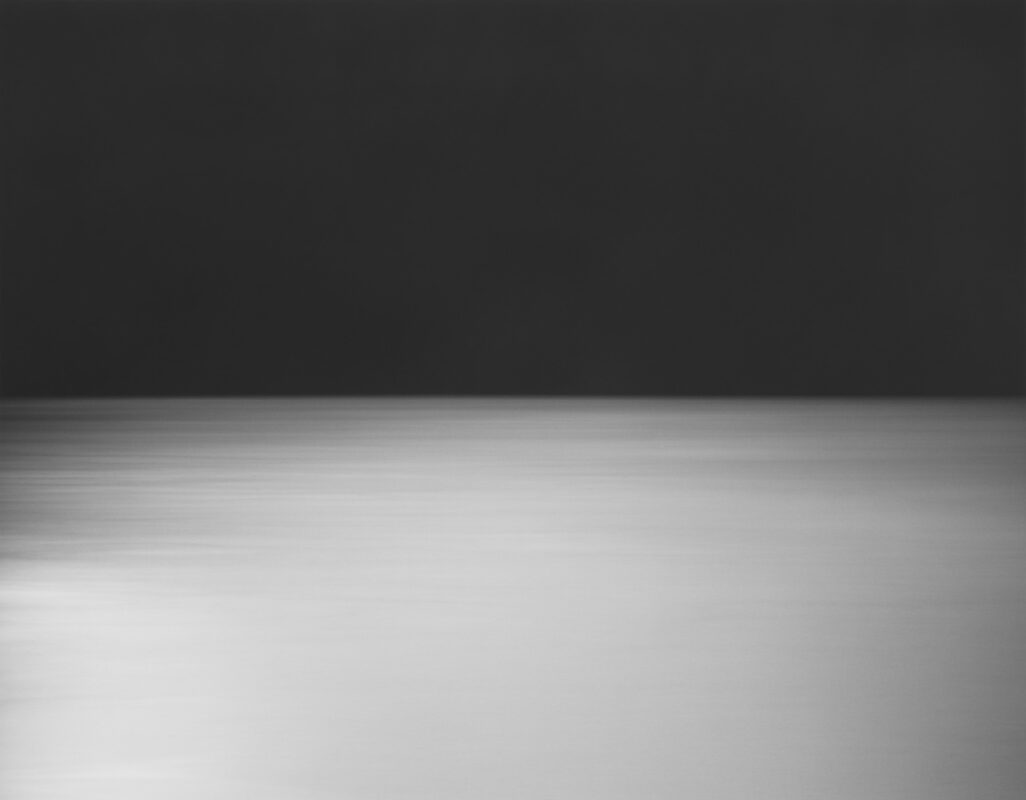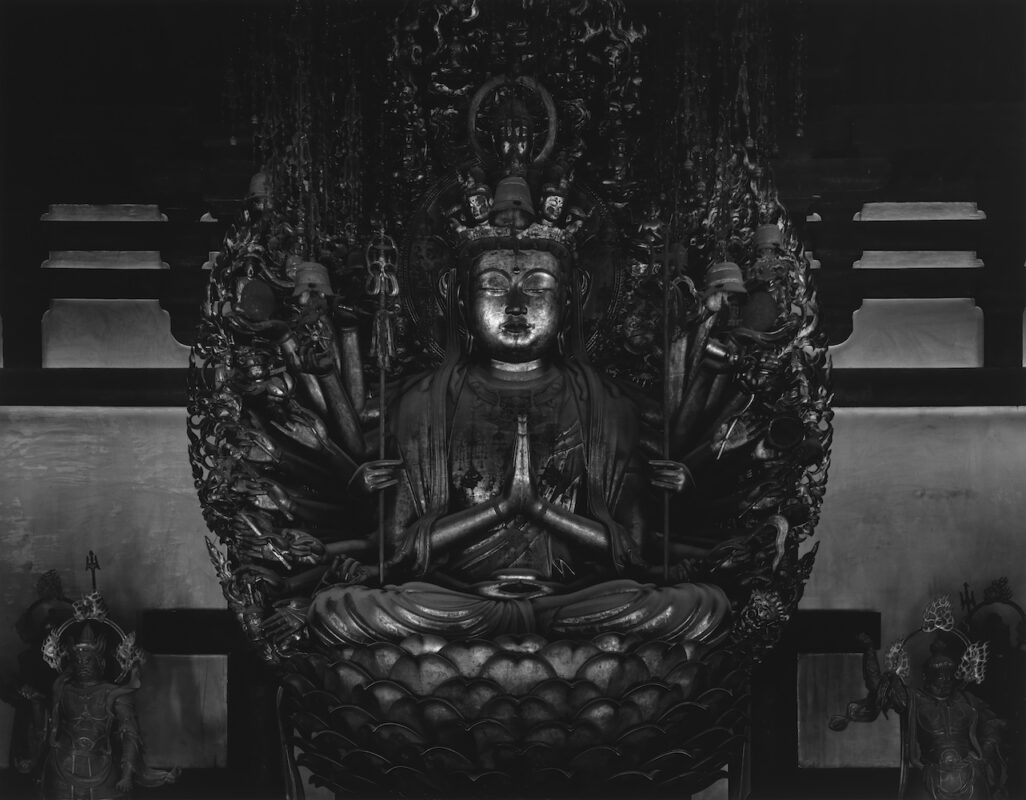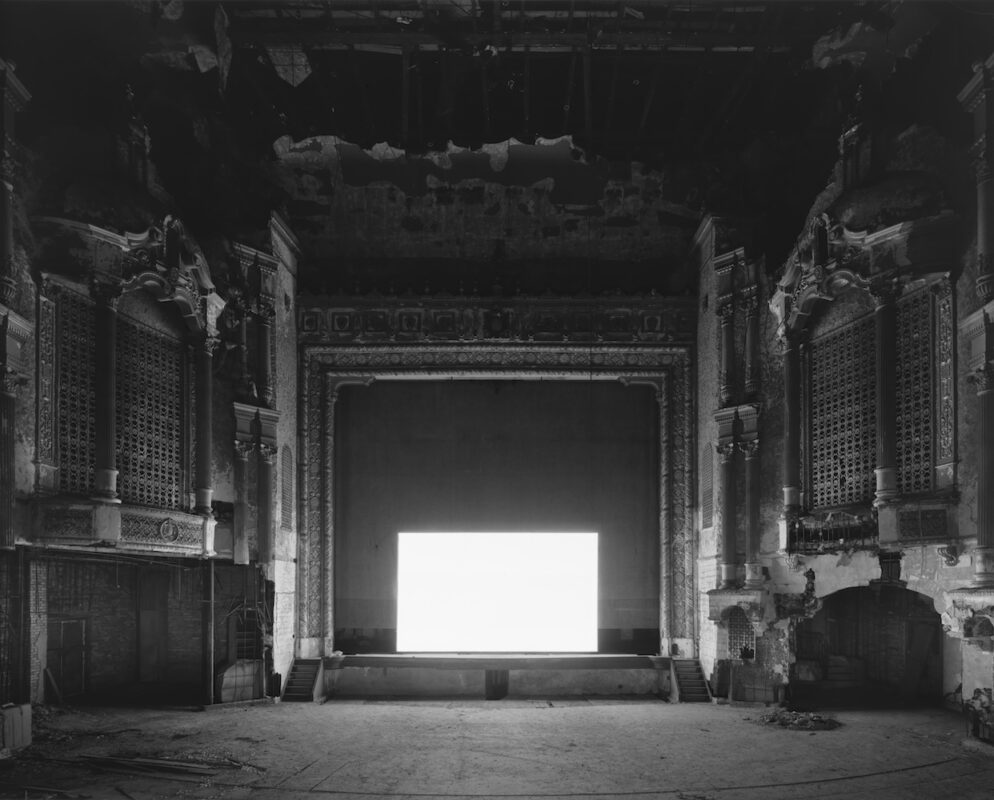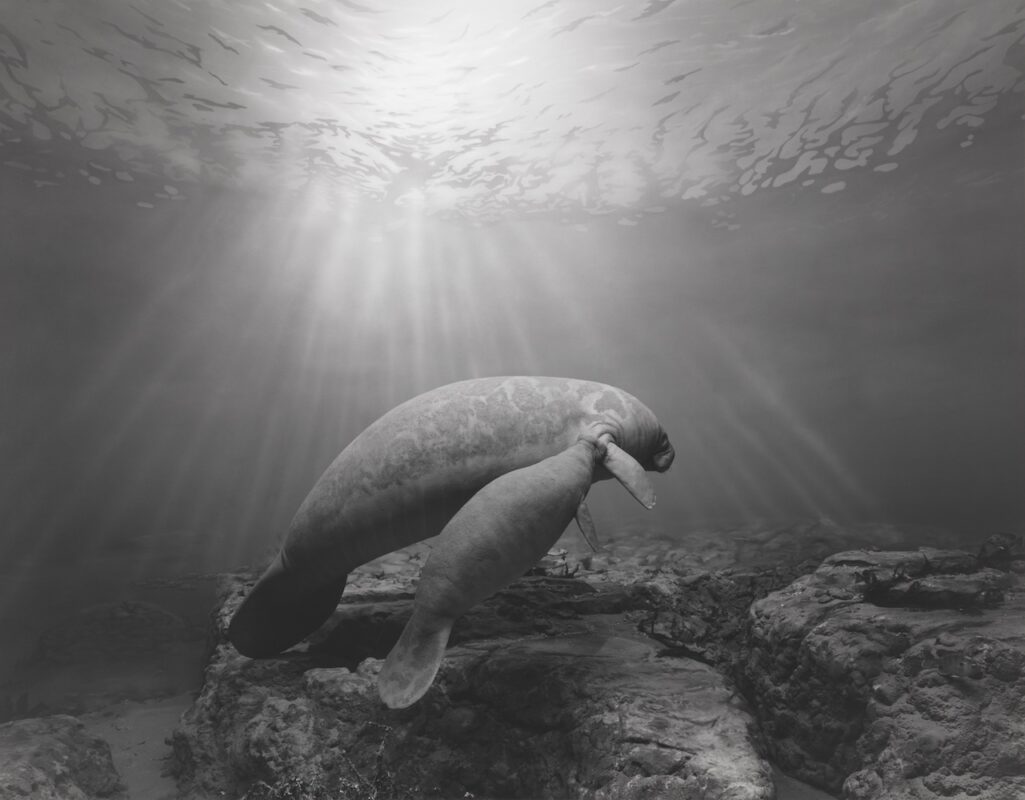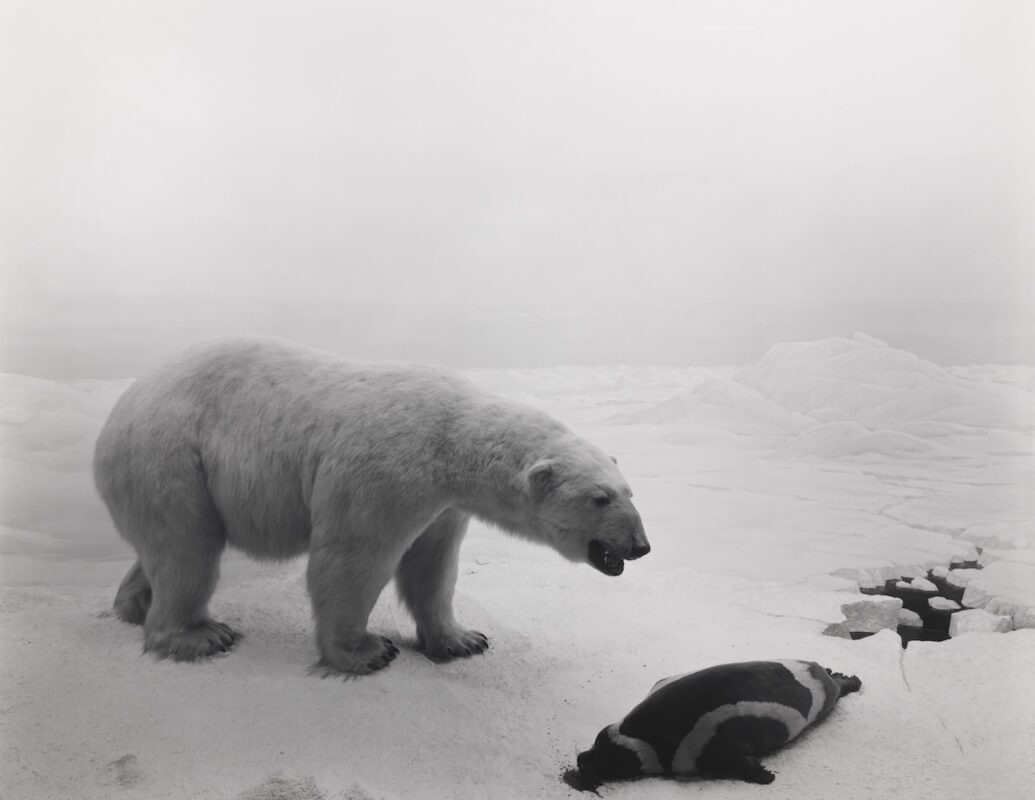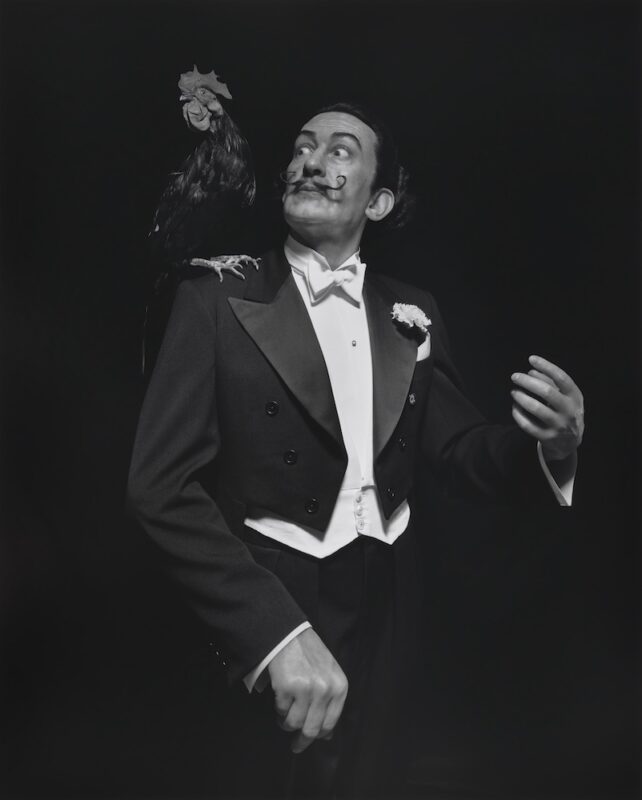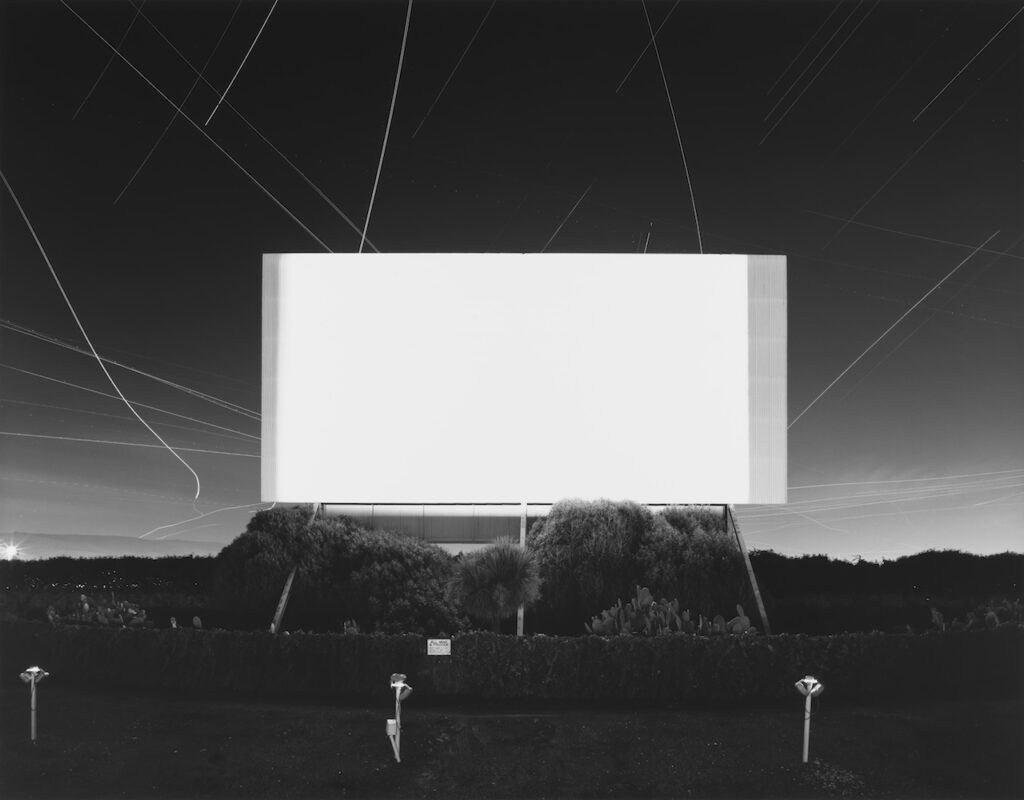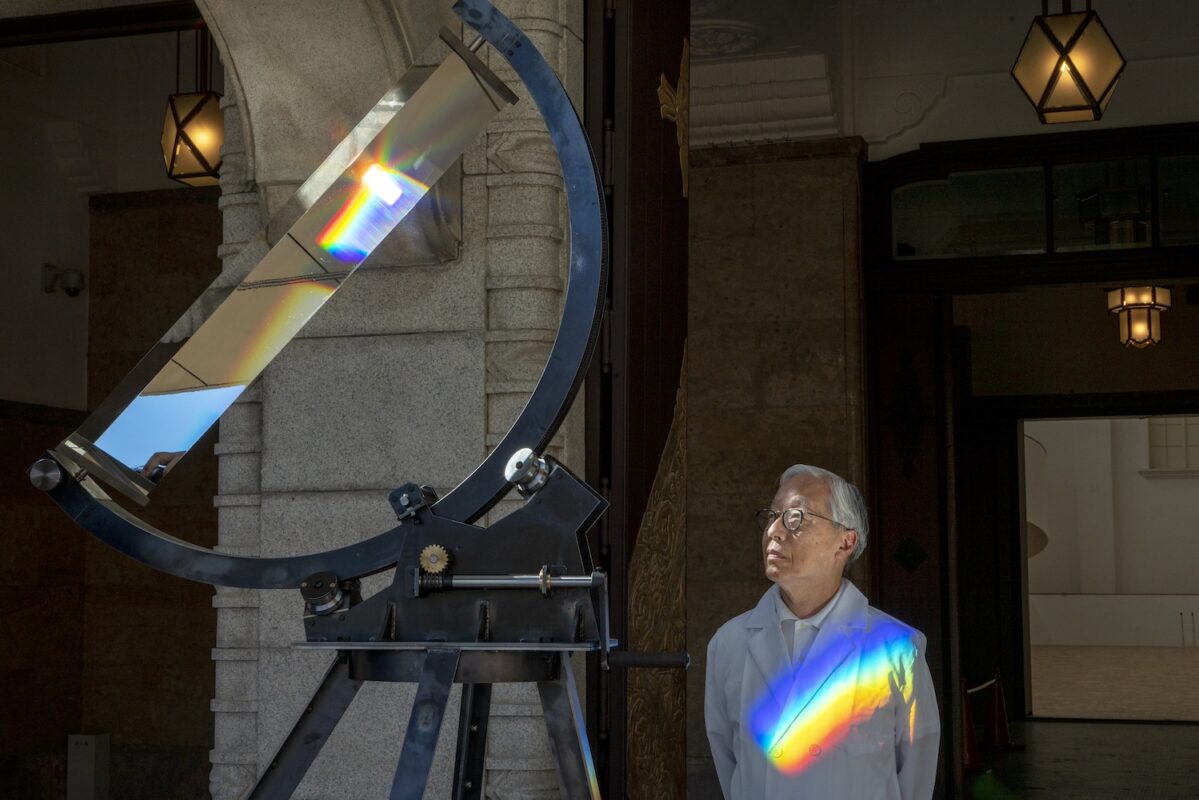Hiroshi Sugimoto: Time Machine
Hayward Gallery, London
Interview with Director, Ralph Rugoff
Hiroshi Sugimoto: Time Machine is now open at the Hayward Gallery, London and marks the largest retrospective to date of the internationally renowned Japanese artist. Featuring key works from all of Sugimoto’s major photographic series, the exhibition, curated by Director Ralph Rugoff, offers an arc of the myriad ways the artist playfully and philosophically explores the ambiguous nature of photography as a medium suited to both documentation and creative expression. 1000 Words Editor in Chief Tim Clark speaks with Rugoff about the exhibition making process, stretching and reshaping our notions of time in photography, the artist’s affinities with other art forms and why Sugimoto’s approach can be framed through a ‘lens of doubt’.
Tim Clark: What is the impetus to stage Hiroshi Sugimoto’s retrospective now at the Hayward Gallery? What would you argue are the reasons behind his contemporary relevance? I’m curious, since, as you have noted, Sugimoto goes against the grain in many ways with his analogue approaches and routinely keeps ‘ancient dialogues in play’, albeit embedded within a conceptually driven approach.
Ralph Rugoff: Sugimoto turned 75 this year, and it seemed like a career survey in London was overdue, as he’s been making influential and highly singular photographs for five decades. I don’t think there’s another contemporary artist who has so rigorously and inventively explored the medium’s possibilities, and in our era of Deep Fakes, some of his work also takes on a special resonance as it reveals photography’s inescapable artifice, and reminds us in different ways that photographs do not present an objective view of reality.
TC: Time Machine is an intriguing subtitle. In what ways has Sugimoto innovated around ideas of stretching and reshaping our notions of time in photography?
RR: He’s messing with notions of time in very different ways with different series. With Theaters (1976–), he condenses the images from an entire movie into a single glowing white screen by keeping his aperture open for the length of the film. Some of his photographs in Portraits (1999), featuring historical figures from Madame Tussauds – including Henry VIII and Anne Boleyn – almost look like photographic portraits of real people; as Sugimoto himself quipped, he might be the first photographer of the 16th century. And with Architecture (1997–), he created images that portray landmarks of modernist architecture as if they were ancient monuments, seen through a haze of historical memory.
TC: Tell us about the journey of ‘Sugimoto as visionary’ that the exhibition takes viewers on.
RR: I wouldn’t use the word ‘visionary’. Sugimoto is an extremely canny artist with a profound understanding of the possibilities of the photographic medium and how it can be used to explore a wide range of psychological and philosophical questions. The exhibition takes viewers on a journey through some of those possibilities, most of which lay far outside our usual experience of photography. It’s a very inspiring, and moving, experience, and his stunningly meticulous craftsmanship plays a role in this, as his carefully nuanced black-and-white prints invite a lingering gaze and encourage us to explore each image in depth.
TC: Are there any curatorial devices within the exhibition’s orchestration that you might like to share?
RR: The works are hung in rooms devoted to particular series, but there’s a progression from his pictures that deal with social environments and cultural representations (Dioramas, Movie Theaters, Portraits, Architecture) to works that have connections to either more spiritual/sublime subjects (Sea of Buddha, Lightning Fields) or to abstract painting and sculpture (Conceptual Forms, Seascapes, Opticks).
TC: In your catalogue essay, you eloquently describe Sugimoto’s approach as framed through a ‘lens of doubt’. Can you expand on this and talk us through an example of where some of these layers of ambiguity that exist within his imagery are particularly palpable?
RR: There are people who think Sugimoto is a wildlife photographer because his pictures of American Museum of Natural History dioramas look so convincingly like images of real natural habitats and animals. For me, they instead seem to occupy a threshold position; they don’t look completely real but then they don’t look obviously artificial either. So this creates a sense of doubt about whether the creatures we’re looking at, say, were alive or if they are mere objects – that kind of uncertainty is practically a text-book definition of the ‘uncanny’. Inasmuch as the diorama was a kind of theatrical precursor of photography, there’s another layer to unpick here as well.
TC: Strategies of deception abound across many of Sugimoto’s bodies of work, which has interesting implications given photography’s responsibility-cum-burden as a document. You talk about how ‘the elusive, “in-between” character of these photographs [is what] links them.’ I’m curious, then, about Sugimoto’s key artistic influences. Marcel Duchamp is often summoned in relation to discussions around Sugimoto’s motivations and key concerns for instance. As are Jasper Johns and the Bechers, to name but a few. What unites this group in your view?
RR: Sugimoto has frequently remarked that photographers steal objects from the real world, and recontextualise them in ways that strip them of their everyday significance to create new possibilities of what they might mean. This is a view that corresponds with Duchamp’s comments about his intentions with his readymade sculptures, something Johns picked up with his paintings and sculptures of everyday objects. The Bechers are a slightly different case, but to some extent their pictures seem to treat industrial structures as found sculpture… Like Sugimoto, they also tend to scrupulously remove any sense of the surrounding environment, so that their subjects are decontextualised. In addition, I think that Sugimoto – who was definitely inspired by the Bechers’ work – also drew on the practice of working in extended series (which Johns also shared) – as a way of drawing attention away from the specific or ‘real’ subject of a picture to its other possible meanings.
TC: Thinking about Sugimoto’s engagement with painting more broadly, as you point out, nowhere are the crossovers between aesthetic conventions more evident than in his deliberately blurred Architecture series and indeterminate Seascapes (1980–), recalling the work of Gerard Richter or Mark Rothko respectively. Can you discuss his affinity for other disciplines, such as architecture?
RR: In terms of the painting reference, I’d add his Opticks series, which really does suggest a new kind of colour field painting (and recalls Rothko even more than some of the moodier Seascapes do). We also have two of his Brâncuși-like Mathematical Model sculptures in the exhibition, and Sugimoto recently unveiled a monumental sculpture in this same series on Yerba Buena island outside San Francisco. Along with his architectural endeavours, I think all this work reflects his keen interest in, and understanding of, how we experience space and light.
TC: In the case of Lightning Fields (2006–), it could be argued that these are maybe Sugimoto’s most elemental and metaphysical works in that he shifts his focus to instantaneous capture. The imagery not only recalls some of the earliest and most ambitious experiments in scientific photography, such as Charles David Winter’s Éclair électrique produit par l’appareil de Ruhmkorff (1865), but also certain examples of contemporary photography like Clare Strand’s The Betterment Room – Devices For Measuring Achievement (2005). Do you think Sugimoto is as interested in exploring or surpassing the limits of human vision as much as he is trapping time? In revealing the invisible?
RR: Lightning Fields – named, of course, after Walter De Maria’s sprawling land-art installation in New Mexico – is an ongoing experiment that has multiple angles to it, some of which have nothing to do with lightning. To produce two of the lightning pictures that are in the exhibition, Sugimoto created a salt water brew intended to replicate the chemical character of primordial oceans. Submerging electrically charged film into the water, the artist was amazed to see light particles move across the surface like microorganisms. The resulting photographs are some of the uncanniest images ever recorded on film – one of them distinctly suggesting a new kind of luminescent deep-sea creature. ♦
All images courtesy of the artist, Marian Goodman Gallery and the Hayward Gallery © Hiroshi Sugimoto
Hiroshi Sugimoto: Time Machine runs at the Hayward Gallery from 11 October 2023 – 7 January 2024.
–
Ralph Rugoff has been the Director of the Hayward Gallery, London since 2006. He served as Artistic Director of the 58th Venice Biennale, Italy, in 2019 and curated the 2015 Lyon Biennale, France.
Tim Clark is a writer and curator based in London. He is Editor in Chief at 1000 Words, Artistic Director at Fotografia Europea in Reggio Emilia, Italy, and teaches at The Institute of Photography, Falmouth University.
Images:
1-Earliest Human Relatives, 1994. © Hiroshi Sugimoto, courtesy of Marian Goodman Gallery
2-UA Playhouse, New York, 1978. © Hiroshi Sugimoto
3-World Trade Center, 1997. © Hiroshi Sugimoto
4-Lightning Fields 225, 2009. © Hiroshi Sugimoto
5-Bay of Sagami, Atami, 1997. © Hiroshi Sugimoto
6-Sea of Buddha 049 (Triptych), 1995. © Hiroshi Sugimoto
7-Kenosha Theater, Kenosha, 2015. © Hiroshi Sugimoto
8-Manatee, 1994. © Hiroshi Sugimoto
9-Polar Bear, 1976. © Hiroshi Sugimoto
10-Salvador Dali, 1999. © Hiroshi Sugimoto
11-Union City Drive-in, Union City, 1993. © Hiroshi Sugimoto
12-Hiroshi Sugimoto. © Sugimoto Studio

